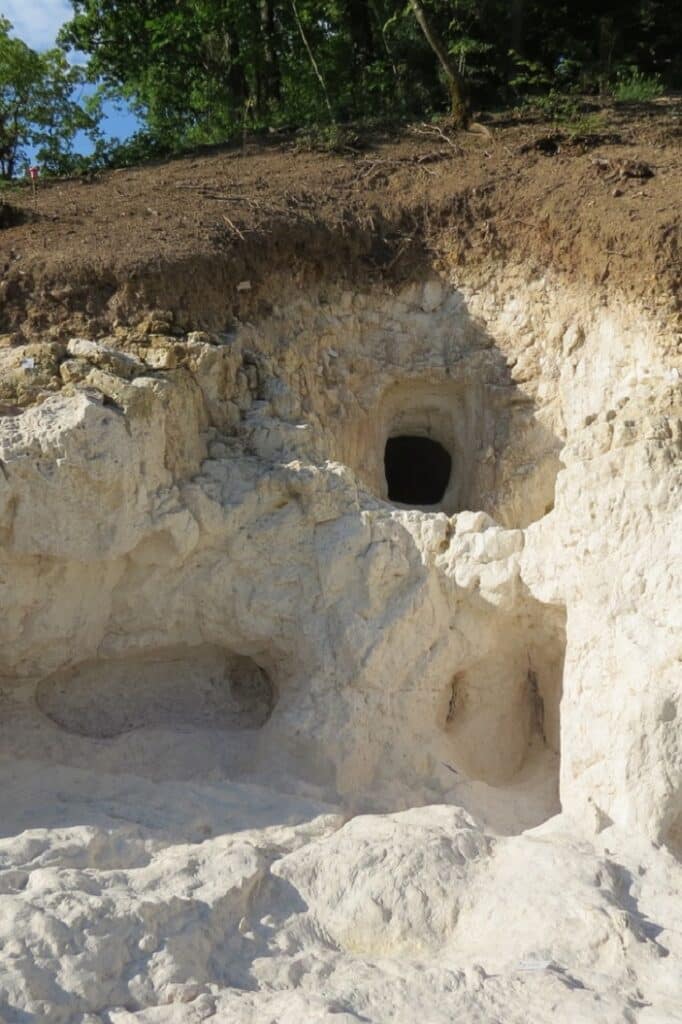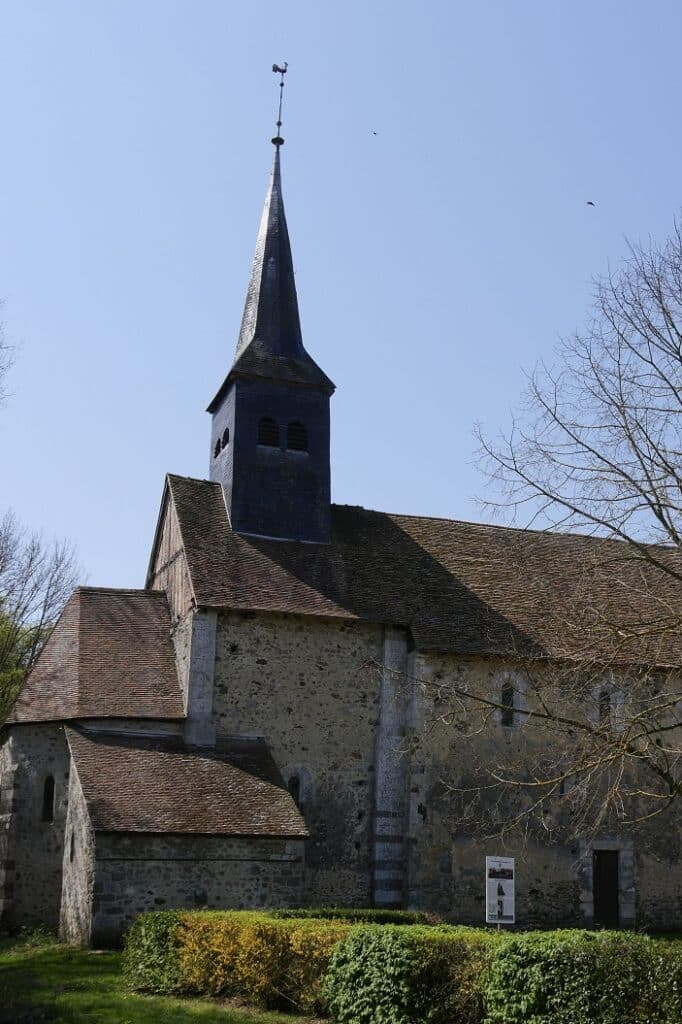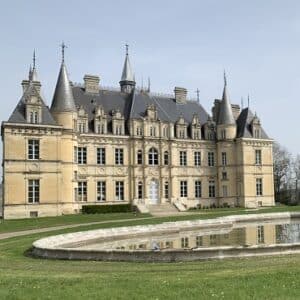Chronologie d'un territoire
secrets de pierres

L'archeologie
Les premiers paysans du monde
Une particularité unique !
La région des Marais de Saint Gond est occupée dès le paléolithique, au moins 70 000 avant J-C à Villevenard. Le Néolithique est bien représenté par le mégalithisme, des sépultures funéraires collectives souterraines creusées dans la craie à flanc de coteaux.de nombreuses minières de silex et quelques habitats. On dénombre plus de 120 hypogées, particularité unique en France.


Le Moyen-Age
dans les paysages de la champagne
Sur la route des petites églises romanes
Datant du Xème siècle, l’église de Saint Prix est un des plus anciens édifices de style roman dans la Marne. Elle est percée de petites fenêtres latérales et son porche date de l’époque Carolingienne.Les Marais de Saint Gond sont le tableau des églises romanes à découvrir dont certaines arborent encore des fresques peintes exceptionnelles comme l’église Saint-Alpin de Villevenard. L’église attire le regard par son clocher octogonal du XIIème siècle, particularité assez rare en France, puisque ces clochers se voyaient plutôt en Arménie à cette époque.
Merveille du Moyen-âge cachée
Au Moyen Age, le village de Troissy joue une fonction très importante dans la Vallée de la Marne. Voie essentielle pour la communication (marchandises, personnes, troupes…), les Seigneurs de Châtillon en feront une place forte. A la Renaissance, ils offrent une très belle église dédiée à St Martin. La crypte du XIIème siècle, construite sous l’ancien château médiéval est classée et remarquablement conservée. De forme rectangulaire, elle se partage en deux nefs de trois travées chacune, autrefois le départ de plusieurs souterrains aujourd’hui obstrués.
Vie de château
histoire de l'architecture
Un château impressionnant !
En évoquant le château de Montmort, Victor Hugo parlait d’un « ravissant tohu-bohu de tourelles de girouettes, de pignons, de lucarnes et de cheminées ».
La silhouette du château vous apparaît d’un coup, impressionnante par sa majesté et son élégance : construction en brique, surélevée, avec des toits d’ardoise, protégée par des doubles fossés, accessible par un pont à trois arches qui aboutit au pont-levis. Forteresse médiévale en ruine transformée à la Renaissance en demeure d’agrément, le château de Montmort, accroché à la falaise domine le paysage, le cours du Surmelin en contre-bas…
Chambord en Champagne !
Le château de Boursault, construit entre 1843 et 1848 à l’initiative de madame Barbe Nicole Ponsardin dite Veuve Clicquot (1777- 1866), fut édifié sur l’emplacement d’un château féodal. De style néo Renaissance, il ressemble au château de Chambord : alors que ce dernier possède 35 cheminées, le château de Boursault compte 365 ouvertures. Il fut le cadre des réceptions données par la célèbre « grande dame du champagne ». C’est l’un des rares domaines en Champagne à posséder un clos, dans lequel se trouvent les vignes, le pressoir, la cuverie mais aussi les caves.
Un bijou à l’intérieur !
Le Château de Condé-en-Brie, classé monument historique, évoque une partie de l’histoire de France à travers des personnages illustres comme les Princes de Condé ou Jean de La Fontaine.
Vous serez conquis par l’aile « Watteau » et ses fresques, la chambre de Richelieu, les magnifiques « trompe l’œil » de Servandoni et les « petits appartements privés ». L’exceptionnel salon décoré par Oudry où une surprise attend les visiteurs !



